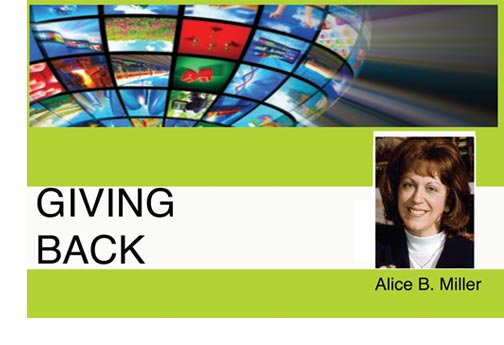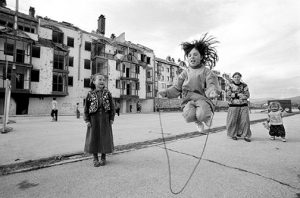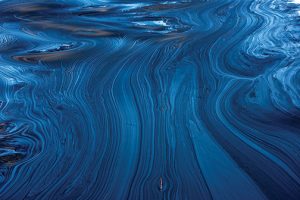
Los Angeles-based, world-renowned photojournalist Colin Finlay has been doing pro bono work his entire career, primarily for nonprofits. As a photographer and at times a videographer, Finlay has worked with Doctors Without Borders, International Medical Corps (IMC), ForestEthics, Direct Relief International, Human Rights Watch, Amnesty International, PROOF and also CARE.
“Pro bono, at its heart, is about giving back,” says Finlay. “For my entire career—almost 30 years—my photographs have almost always been about service, about giving back. Moreover, I have seen and photographed many dark corners of the globe: apartheid in South Africa; genocide in Rwanda, Darfur, Sarajevo, the Middle East, Haiti, Nicaragua; earthquakes in El Salvador; melting glaciers in Antarctica and also polar bears in the Arctic Circle, et al.”
Pro Bono Photojournalist Around the World
Finlay’s award-winning body of work opens doors for him all over the world. One example: “The folks at ForestEthics and I met at a presentation I was giving on my work on mountaintop removal for Vanity Fair at the Tides Momentum Conference,” he explains. “After my talk, they asked if I’d like to join them in Alberta. That’s how I became involved with the Tar Sands project.”
Another example: In 1994, a national news station was doing a story on IMC, a local NGO (nongovernmental organization) making a difference in Rwanda. Finlay’s photos were spread out on the table at IMC, so they appeared in the video. IMC sent a thank you note to a producer at the station with a Christmas card made from one of his photos.
“That photo made its way around the office, until the producer tracked me down and said she’d love to buy the photograph. She then asked what else I was working on. I told her I was getting ready to go to Sarajevo for Natural History magazine,” says Finlay.

The station had wanted to do something on Sarajevo for some time but hadn’t found a local angle for their four million LA viewers. “For my assignment, I was bringing film donated by Kodak and cameras donated by Canon to put in the hands of children who survived the siege of Sarajevo,” he explains. “The station sent a team to document my activity there. All of these amazing things linked together.”
Background Stories
The behind-the-scenes stories of Finlay’s images provide insights into his art and global pro bono reach. Following are the backstories for three of his powerful images.
The Tar Sands Project
Originally a one-week assignment for ForestEthics in Fort McMurray, Alberta, Canada, Finlay stretched out his time at the Tar Sands to two weeks. The photograph, shot in 2009, shows a billion-gallon tailing pond of black crude oil. However, the blue, cloudless sky backlit by the sun reflects cobalt blue onto the viscous surface. A 30-knot wind during his aerial shoot also caused the swirling effect, “blowing the surface oil into patterns resembling a Salvador Dali painting,” as he describes it.

The Alberta Tar Sands are large deposits of heavy crude oil, mixed with shale, sand and also rocks. The top 100 to 200 yards of soil are removed. Then water is drawn from Lake Athabasca and superheated to separate the water from the sand and shale, to get the oil.
“The problem is that dirty, oily water is dumped back into the lake by the manufacturers. Furthermore, it travels downstream, causing a huge environmental impact on Native Americans, the First Nations people,” Finlay says. “One tribe will agree to be paid $25 million to say they’ve got no problems; however, another tribe further down doesn’t want the $25 million. They want to be able to hunt and fish like they used to.”
This image, as well as his other Tar Sands photographs, was showcased on ForestEthics’ website, in its annual report and in fundraising materials to motivate people to support its mission: saving forests in Canada and Alaska.
Rwanda Post-Genocide
Finlay was in Kigali, Rwanda, in the fall of 1994, working with International Medical Corps, documenting new programs they had initiated post-genocide. IMC was providing doctors, medicine and also equipment. “Thousands of people swarmed their clinics, seeking medical attention,” recalls Finlay. “I created hundreds of images for their annual reports as well as online donor fundraising efforts. During my six-week stay, I shot close to 100 rolls of black-and-white film (Kodak Tri-X) with my Canon A2 and 28mm f/1.8 lens, and Leica M6 with a 35mm Summilux f/2.”

One day at a monastery, where orphaned children lived, Finlay spotted a boy holding a small cross. As the boy let the cross slide from between his fingers, Finlay captured this picture. “When the sister asked why I wasn’t photographing the boy’s face, I pointed to the ground and said, ‘le silhouette.’ She saw what I saw: the cross, the boy, hope, misery, everything came together in that moment. The image became the cover of my book Testify, which I dedicated to IMC, my pro bono partner.”
IMC bought 500 books, Finlay signed each one; IMC gave the books as corporate gifts to donors. “In many ways, it is a perfect relationship,” he says. “I gain incredible access from IMC, and they open doors and grant me access to a world I would never see without them.” Testify, which IMC helped fund, won first place from Pictures of the Year International (POYi) for Book of the Year—one of six awards Finlay has won from POYi.
El Salvador Earthquake Aftermath
Finlay documented the aftermath of the devastating El Salvador earthquake in January 2001, working with Santa Barbara-based Direct Relief International. Some of his images appeared in a cover story for the Independent. He also shot and produced video stories for a national news station in Dallas and Los Angeles. He phoned in every night with a description of what was happening on the ground.

“I lived through hundreds of aftershocks. Almost 1,000 people lost their lives; 110,000 homes were destroyed,” he recalls. “My preoccupation was how and where my presence could best serve the people suffering from the earthquake. This image was taken at the site of a church and school. People were working together, looking for survivors and attempting to rescue those trapped under the rubble.”
Adds Colin, “Being present in that moment, attempting to create an image that tells the story of people who are suffering and have just lost everything, is extremely difficult. It’s next to impossible to hold yourself together, but I find strength in the eyes of the people I photograph. I’m there to serve, using the best of my abilities to help those who are in need. I can’t think of a greater way to share your passion than to serve others.”

Finlay’s advice for photographers considering pro bono work: “Jump in. It will be the most rewarding work of your career. You’ll look back 20 or 30 years later and these projects will be the ones you’re most proud of. That’s because they were created to serve humanity.”
For a closer look at his exquisite, sometimes disturbing images, visit colinfinlay.com, where his photography, video, art as well as music come together, creating a rare perspective of the artist and his subjects.





